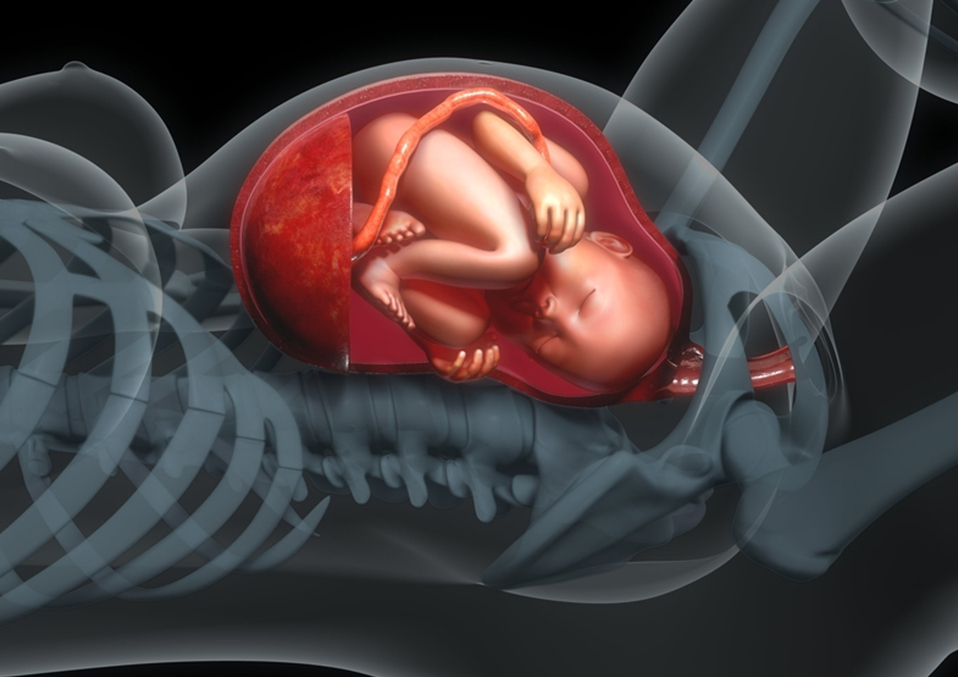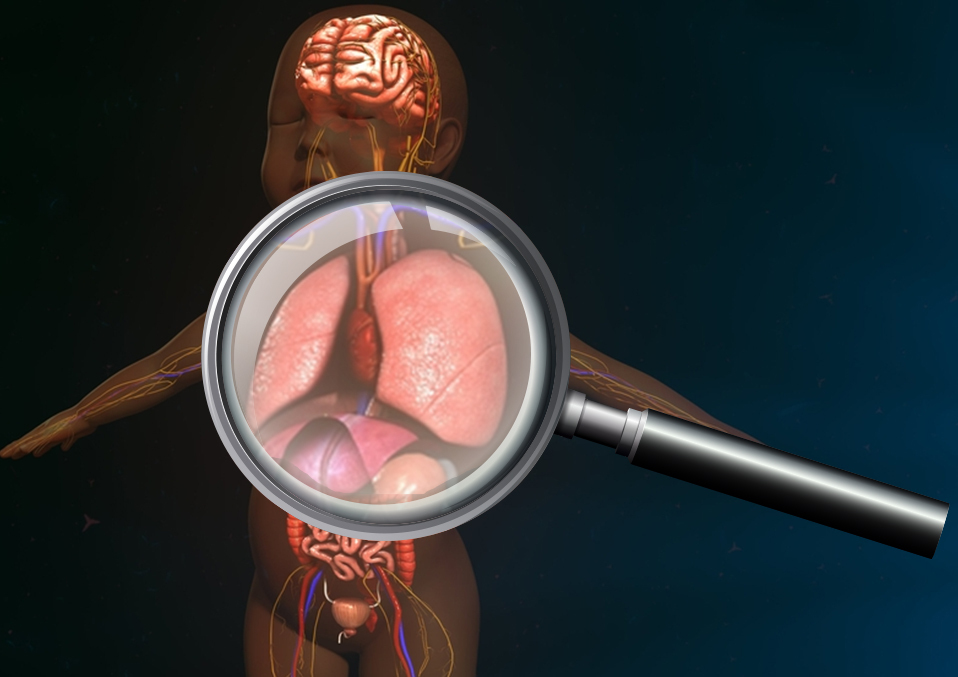Everyone knows that babies cry immediately after birth. However, many do not know the reason for this. The baby’s first cry is perfect for the baby. A baby’s first cry may be more than it looks.
Having a baby is a great feeling and a complete blessing. Every mother wants her child to be safe and sound. When it comes to newborns, first of all, it is essential as the first smile, the first puff, the first cry. The first cry of a child is a sign of many things. This is the first time a child has used sounds to convey their emotions. Therefore, it is essential that the mother knows more about the first cry of the child. The first cry of the child is the primary communication between the child and the mother. After spending time in the womb, the child enters the real world.
Why do babies cry immediately after birth?
When a child enters the real world, he faces changes in the environment. The uterus is a warm, calm, and comfortable place for the baby. Although the outside world for your baby is cold and strange, this is an essential reason for crying newborns. In addition, when a child lives in the womb, he does not need to breathe with the help of the lungs.
This process is difficult for the baby, so he cries. In fact, you are crying, but the baby is crying and invigorating, which is very similar to a cold. From the moment of crying amniotic fluid is removed into the lungs. In addition, when a child is born by cesarean section, it is important to remove the amniotic fluid, in this case, there is no experience of the birth canal. That’s why a baby’s first cry is really good for a baby.
The transition from fetal circulation to normal circulation:
The circulation of the fetus:

– During intrauterine life, the fetus is completely different from the anatomical and physiological composition of an adult… As adults, our system evolves to extract O2 from the surrounding air… For this reason, the development of the respiratory and circulatory systems should favor terrestrial respiration and fetal development, taking this into account, as the fetal float is relatively low.. Thus, God/nature provides a temporary location to help the child at this stage of development, which is called fetal blood circulation. Collective unity is called fetoplacental circulation, which is much more complex than that of adults. Fetal hemoglobin and hemoglobin differ not only in fetal circulation.
Fetal hemoglobin has a higher affinity for oxygen (O2) than for adult hemoglobin. This fetal hemoglobin attracts and holds adult hemoglobin in the crook of O2. This helps the fetus feel the attraction and saves relatively less O2, reaching it through the maternal blood circulation.
Read Also:
Placental coupling factor:
Note that the circulatory system of the mother and fetus is not connected at all. The placenta is like a place of exchange, where there are products of metabolism of the fetus and the exchange of O2 and nutrients…
Circuit of a fetus:
Placental blood is transported through the umbilical vein-most of it enters the inferior Vena cava directly through the inferior Vena cava (umbilical veins and vessels connecting the inferior Vena cava) or lower body. A small part of the blood flows into the liver via the umbilical vein…
In the liver Vienna umbilical reaches the right lobe that merges with the portal vein, and from here the blood reaches the right atrium [right atrium collects desoxyanisoin (impure) blood from the rest of the body)-left ventricle is pumped to the rest of the body) – but there is a hole in the fetal circulation between the right atrium and the hole (closed in adulthood) and the hole.
Through your hole, blood flows directly from the right atrium to the left atrium, pulmonary circulation-to the lungs (the lungs do not function during the prenatal period)-blood entering the left atrium, comes from there through the aorta to the left ventricle.
Fetal lungs:

As mentioned above, fetal lungs develop but do not function… Pulmonary vessels in the fetus are fully developed, but due to intensive vasoconstriction, a small amount (5% of cardiac output) flows through them. Pulmonary artery.
Destroyed alveoli (air sacs) are filled with amniotic fluid. Oxygenated blood is red and deoxygenated blood is blue, and it’s not a mixture of blue and red blood when a baby is born.
The lips and color of a healthy newborn baby are pink and purple (the baby continues for nine months with this color). Then, when the child is born, it goes through intense physical agony, for closed umbilical cord blood vessels, closed vector, open hepatic portal vein, closed oval-the child turns pink from purple…
Interestingly, all these complex processes are coordinated by the child’s reflection and are established in 3-4 minutes… And what causes the child’s reflexes. – For nine months the child is immersed in amniotic fluid and when it comes out, it comes into contact with the atmosphere and the skin is cooled, provoking two reflexes… Cold Creek REFLE-wet and cold diapers cause the cry.
A long cooling time is a reflex of the pressure in the cold: cold skin raises blood pressure.
– The child must first cry, take a deep amplitude, inhalation is the first trigger sign. The first air dough taken reaches the lungs and relaxes the pulmonary arteries, which are otherwise compressed by reflexes.
Cold present reflex increases blood pressure through the aorta.
Therefore, this breath is the circulatory system.
What if the child does not cry?
The baby’s crying is due to his attempts to breathe on his own. If the newborn is not crying, it is important to listen to the doctor’s opinion.
In the early days, doctors used to beat the baby crying; but today they use a warm towel to massage the newborn, and if this fails, however this baby method; the baby may need an artificial breathing tube.
Read Also:
- Transgender Child: This Is How I Found my Child Gender.
- 8 Babies Behaviour That Shows Mom’s Life Is Not Easy.
- 10+ Pictures Of Kids Whose Parents Don’t Realize Whether To Laugh Or Cry.


